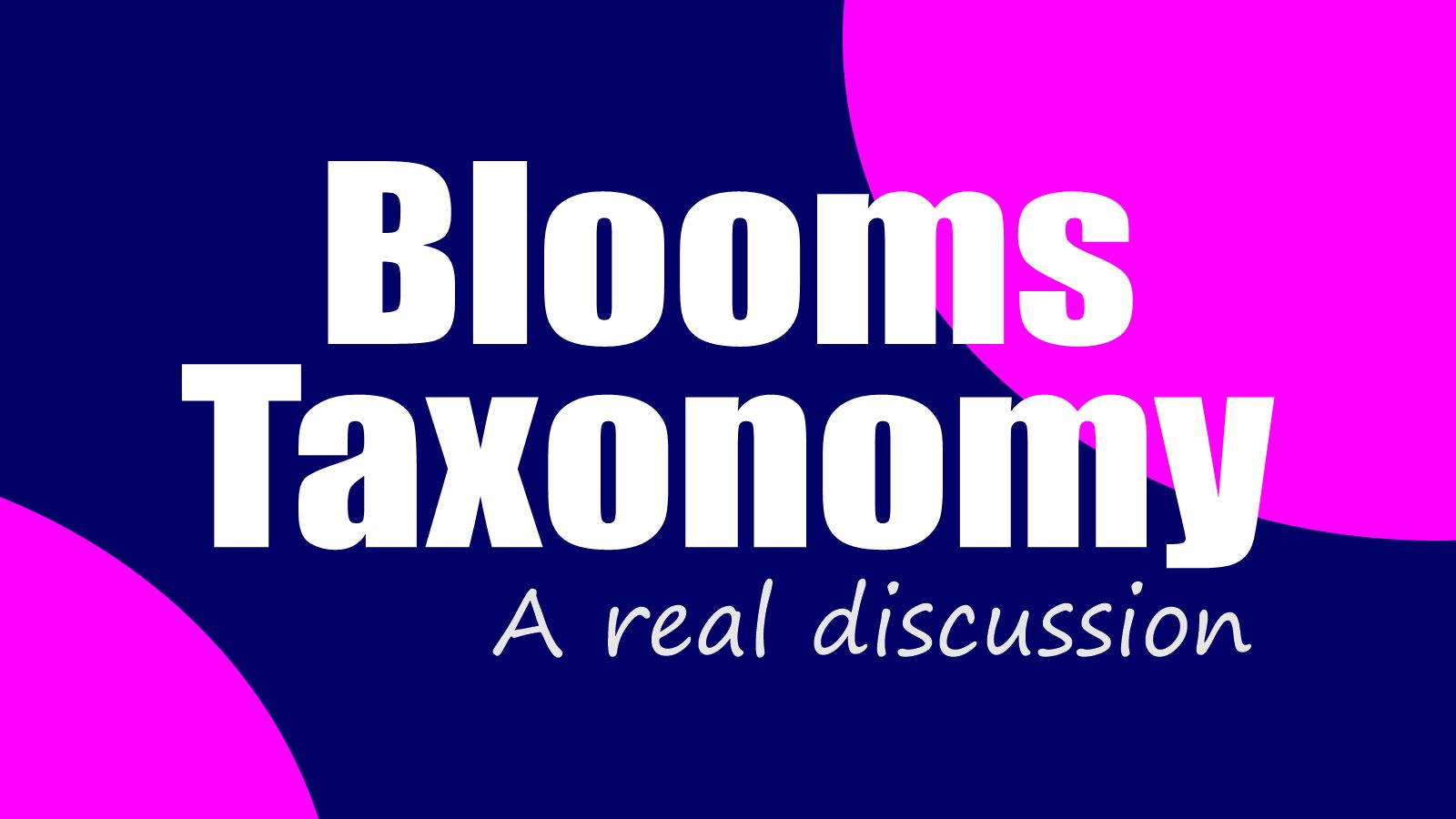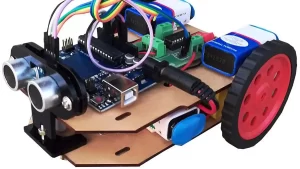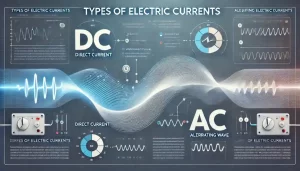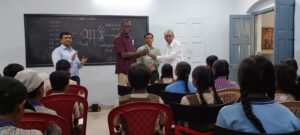Benjamin Samuel Bloom was the creator of Bloom’s Taxonomy. He devised it in 1956, (February 21, 1913 – September 13, 1999).
It is the most comprehensive interpretation of learning objectives and outcome in a very systematic way.
His suggestions depicted in Bloom’s Taxonomy can be effectively used in the teaching and learning process in any kind of educational field.
What are the cognitive skills?
The cognitive skills also called cognitive functions, cognitive abilities or cognitive capacities, are brain-based skills which are needed in acquisition of knowledge, manipulation of information and reasoning.
There are 5 important cognitive skills which are used in the process of student’s learning outcome and overall analysis. They are as follows:
Attention of the student
The sustained, selective and divided attention of the student plays an important role in the overall understanding of the topic being taught by the teacher. The sustained attention creates a focus on the topic i.e. distraction free attention of the student.
Long & Short Term Memory
If the student is focused, then eventually the topic being taught will be remembered by the student in a long term memory. Else it will be for examination purpose only!
Logical Explanation & Proper Reasoning
The teacher must teach the topic every effectively so that there will be a logical explanation of the topic, being taught, with proper reasoning. To achieve this, we at Vidyasagar Academy, always present practical demonstration of the topics being taught.
Processing of Brain
When a teacher is teaching a particular topic, then at some particular point of the topic, the student’s brain gets into a processing by recalling the past events, connections, etc. At this point, the teacher must have the knack of understanding the behavioral changes in student and accordingly change the explanation process with different media (the modern technology will surely help the teacher in this).
Audio Visual Methods of Teaching
When the teacher is teaching particular topic, he/she must be distinct in the explanation with possible practical demonstration, so that the student will remain focused (as explained in point #1) and it will help him/her to sustain the information in long term memory.
Prof. Yash Vidyasagar of Fergusson College, Pune and I have successfully tested practical demonstration methodology of using Circuit Tiles on the students, while teaching some circuit related topic of Applied Electronics. We found that this method enormously increases the visual processing of the student.
How a Student can Improve his/her Cognitive Skills?
Every student who want to improve his/her cognitive skills, must understand that it is not just the responsibility of the teacher to improve your cognitive skills – like just a kind of spoon feeding, but it is also the responsibility of the student to work on it.
So what the student, in particular, must understand in order to improve the cognitive skills? Well in my view, you must –
Be Relaxed & Stress Free
It is needless to say that unless you are stress free, you cannot focus in the classroom and cannot understand what the teacher is explaining. I think this is enough to say…!
Train your Brain
Train your brain to focus on what you are learning. Linking the important points with some routine life examples help in creating the co-ordination and train your brain to recall those points. I will suggest some useful brain exercises to increase your cognitive skills.
First try to test your recalling ability. For that just jot down a list of 10 items of anything you like on a piece of paper, read the list again and again for a couple of minutes. Then fold the chit, put it in your pocket and forget it for the time being. Continue your work off hand. Then after an hour, try to recall the items in that list. This will help you know your recalling ability. If you can recall all the items in the list, then your recalling ability is best…! Thus you can find the percentage of your recalling ability and try to improve it (to be easy to find percentage, I suggested you to take 10 items in the list!).
While studying, let the music play. This helps in coordinating the important points in the topic you are learning, with particular beats of music you like. It has been proved that if you study while music is playing lightly in the background, your cognitive skills increase. This is because, when you are at ease and the same music is playing, you will be astonished to find that the coordinated points of your study topic pop up in your head and so it becomes easy to recall.
Here I will suggest the teachers, with a tested educational model of using puzzles like Crossword Puzzles for the topic. Prof. Hemant Satpute of Fergusson College, Pune and myself, created number of topic-wise crossword puzzles after teaching a particular topic. To our surprise, we found that the knowledge and comprehension levels of the student, for that topic, tremendously increase.
Daily Exercise to your Brain can make Wonders!
- Read some book of your interest at the bed time and try to recall the points in the book, next morning.
- Try to memorize a complete song you love!
- Solving crossword puzzles in newspapers and magazines help you build your vocabulary and it’s a proven best brain exercise.
- Try to recall all the events happened throughout the day, when you go to bed.
- Try to recall all the events after enjoying a tour at, say a hill station with friends or family.
- Try to draw a map of roads on which you travelled while going out of station right from your home to the final destination.
- Try to remember the details of your meal, you had, when you go to bed. You must try to remember the taste as well as the subtle details of ingredients added in each food dish you ate.
Practice Practice & Practice More…!
There is an old saying, “Practice makes a man perfect!” Using the modern ways of practicing the topics and topic related points, the student can watch video recording for a number of times, record only the audio lecture of the teacher in classroom and listen to it attentively for a number of times, which will help you remember more…!
I, myself have the habit of audio record and listen to my own lectures. This helps me find out which point I stressed more, which part of my lecture was dull, which part of my lecture was readily responded by my students and so on. It helps me analyze myself to improve further…!
I prefer audio recording of my lectures, rather than video recording, because while listening to the audio recordings, I try to recall the complete atmosphere of the classroom. This also helps as a brain exercise of recalling things.
Fundamentals of Bloom’s Taxonomy
If you are aware about cognitive skills, then you will quickly understand what is the basis of Bloom’s Taxonomy? If not then just read the following explanation to understand what Bloom’s Taxonomy actually is!
Now let us understand how Bloom’s Taxonomy has anything to do with cognitive skills. Actually the Bloom’s Taxonomy is a systematic methodical classification of cognitive skills.
These methods help the teachers to teach particular topics and assess the capabilities of student in a better way and after methodological assessment, guide the students in a particular way to improve their capabilities.
The idea behind the development of Bloom’s Taxonomy was to facilitate the teachers with a common language during the process of learning and evaluation of the students.
What are the Levels of Bloom’s Taxonomy?
There are 6 levels of Bloom’s Taxonomy, they are –
Remembering the things (Knowledge)
In this level the student may be unaware about the exact meaning of something related to his/her learning, but he/she is encouraged to give answer by recalling things from the topic being taught, give answer involving basic concepts or terms within the topic.
When student is answering, some points within the topic may be generalized, terminologies may be different according to his/her thinking, sequence of points may be wrong, but the teacher has to observe and note the cognitive skills of the student of remembering the points within the topic.
For example: After teaching the topic of current electricity, the teacher may ask, name any two types of currents used in an electrical circuit.
In my view, this level also increases the boldness of the student to answer in classroom. Some students are shy and remain silent even though they might know the answer. For such students this level help improve.
Understanding / Comprehension
This level of Bloom’s Taxonomy is connected with the previous one i.e. the Knowledge. In this level, the student progresses from just the previous basic stage.
The teacher must observe the promptness of delivering the answer. This readiness is possible only when the student has the comprehension of the topic or at least some points of the topic. So he/she is eager/ready to give the answer.
In such case, while observing the eagerness of a student, the teacher can make comparative analysis of all the students in the classroom.
For example: After teaching the topic of current electricity, the teacher can ask a question to test the comprehension like Why current and resistance in a circuit are inversely proportional?
Analytical Thinking
When the student becomes aware about the analysis of what he learnt is actually related to the first level of Bloom’s Taxonomy. He/she must be able to retrieve the information in analytically, about what he learnt. The characteristics must have the approach of analysis of the topics he/she learnt, their internal relationship and finally organizing them together to create a repository for future reference.
For example: After learning the topic of current electricity, the student must correlate the formula of Ohm’s Law with the concept of resistance in it and analyze it in his/her own way to come up with his/her own conclusions.
The fusion or Synthesis out of Learning
It is an extra step in the progression of learning. The part of synthesis must be properly explained by the teacher and appeal the students to come up with some initiatives and novel ideas to solve some problem statements given by the teacher.
In this stage the student shows the ability of planning things with haphazard or unlinked pieces of information given by the teacher to come up with a concrete conclusion.
For example: After learning the topic of current electricity, when the teacher given a problem statement like –Find the specific resistance of a conductor like Copper or Gold using the formula of Ohm’s Law with actual experimentation in laboratory.
Evaluation of Learning Phase
This is the final phase of Bloom’s Taxonomy. It is the final learning outcome for the student. At this level, the teacher must be very cautious about evaluating each and every student separately. This is because the student must allotted with the task, related to the topics taught, so that the final learning outcome of the student, will effectively include criticism, ideas and personal perspectives.
The Extra Phase of Creation
In order to polish the Bloom’s Taxonomy, this level was added, as a revision, in 2001. This level entails the solution for all the problems that the student faced during the learning.
The Bloom’s Taxonomy helps the teacher to evaluate their own teaching methodology and come up with more and more better framework for the students. Thus it is very effective in strengthening the teaching learning experience, both for teachers and students, as well…!
In next part-2 have discussed about the teaching strategies with Bloom’s Taxonomy…!
Please post your feedback below, about this article. It will be of great help to improve the article.









Nice presentation on taxonomy. It is supervised leaning process. The examples given are necessary.
Another aspect of leaning is unsupervised leaning. While teaching Neural networks to M.Sc. Electonics students we refer to this learning which aims at self organizing feature maps. For example, one studies for PhD on his/her own. Guide gives an idea which is developed by student.
Thank you so much sir